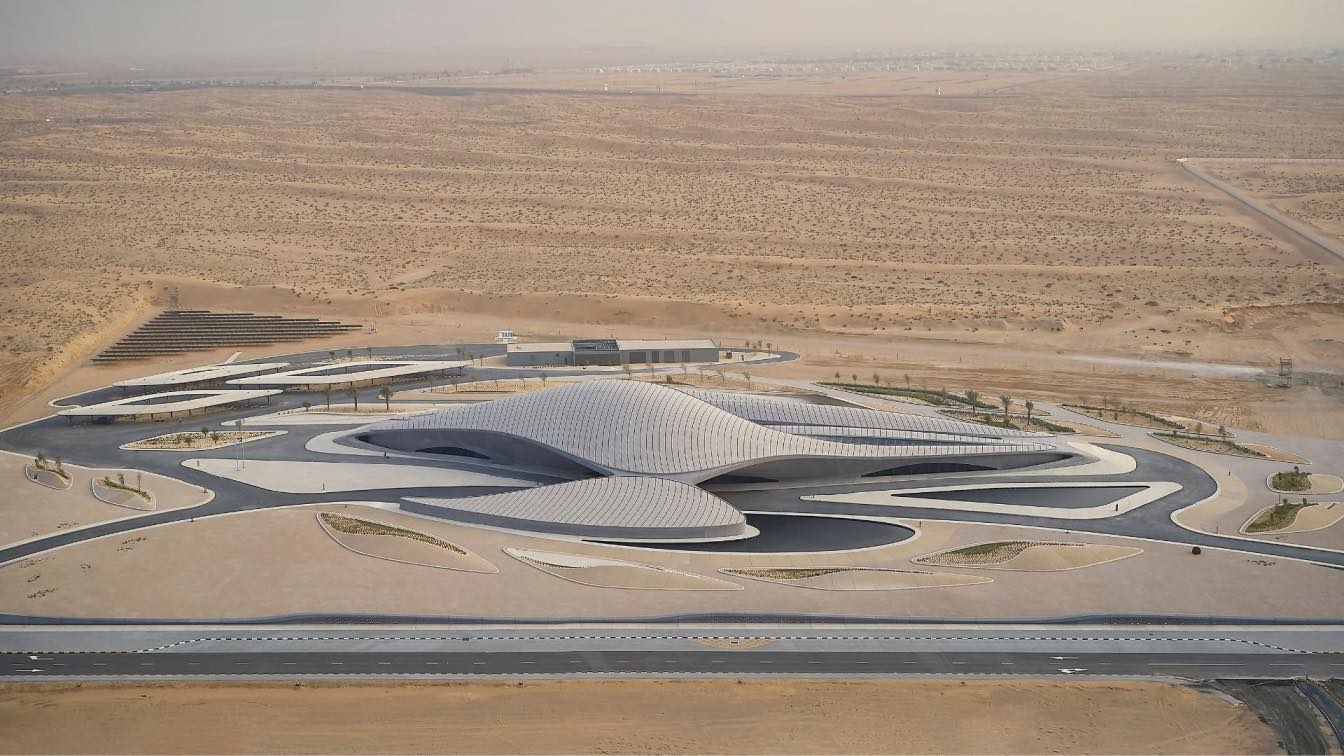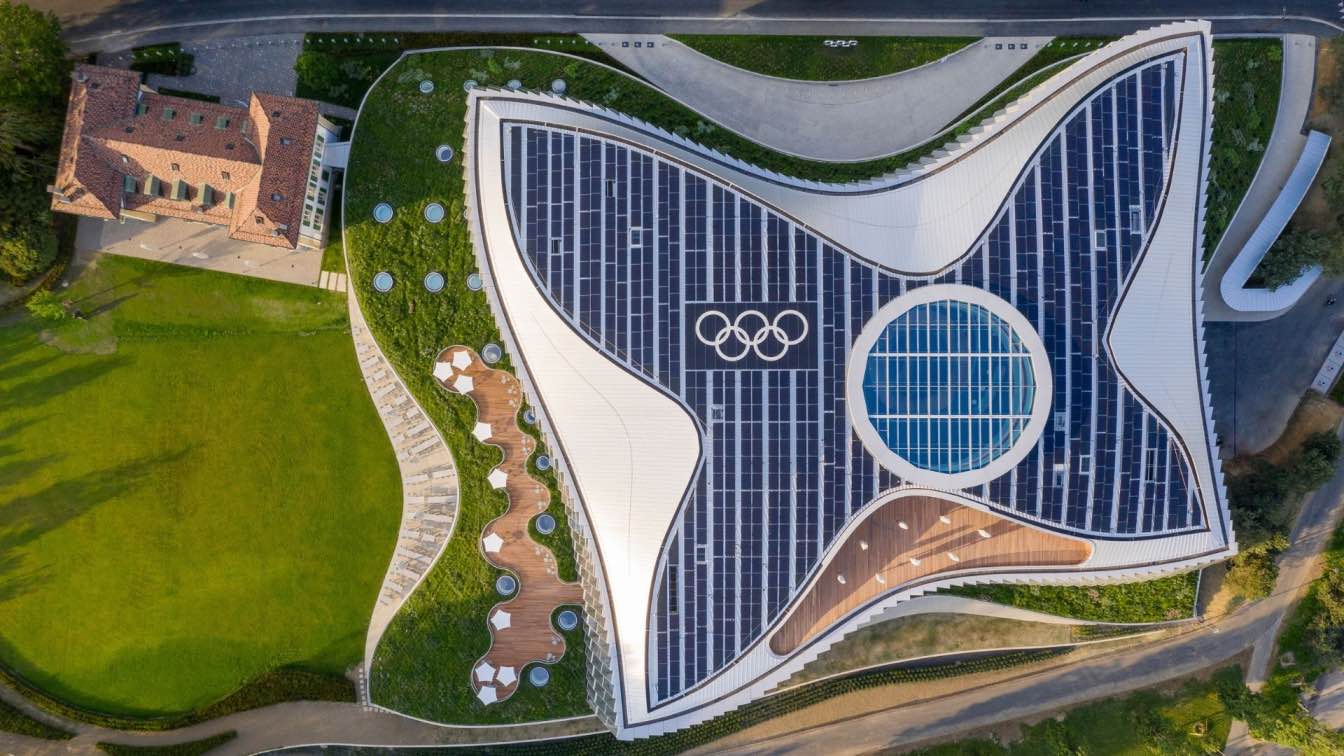Designed and developed by Waechter Architecture, the Mississippi Workshop is the result of over ten years of planning, modeling, and investigation. The building was conceived as a proving ground for sustainable building systems and “all-wood” construction technologies and equally, as a forum for new creative conversations. Located on a prominent site in Portland’s vibrant Mississippi Avenue district, the 9,550 square footbuilding offers a new model for sustainable and sensitive infill development. In many ways, the Workshop is a 21st Century interpretation and upgrade of the classic industrial loft typology that offers a balance of character, flexibility, and timelessness.
Mississippi is the first commercial project in Oregon to use mass timber construction for all components of the building. Other than a ‘rain jacket’ of weathering steel on the exterior and radiant concrete flooring, all structural components and surfaces within the building are exposed wood without the need for additional finishes or fireproofing. This approach creates a simplicity and wholeness that is absent in hybrid CLT or traditional frame projects and creates spaces with uncommon warmth and durability. In addition, Waechter Architecture has received a USDA / US Forest Service Wood Innovations Program grant to study the building’s performance and to identify potential applications of its innovative approach in other commercial, institutional, and residential settings.

The organization of Mississippi creates distinct zones for programming and services. The building is comprised of six equal rooms, stacked in three tiers on each side of a shared courtyard and service core. These clear span volumes are each equipped as a “plug and play” unit with plumbing rough-ins, outlets, and anchor points to support varied configurations and allow each space to operate autonomously or as an ensemble with others.The building already accommodates an array of uses. A street-facing cafe (Capitola Coffee) at ground level serves as a shared amenity for the building’s occupants and the wider community. A maker space, bicycle parking, and service area facing the alley are equipped to host workshops and support diverse forms of creative production. Waechter’s studio and meeting spaces currently occupy the second floor, and one three-bedroom residence is located on the third floor.
At the same time, Mississippi is a commercial building with a civic heart. The shared open-aircourtyard creates a ‘pocket park’ and space for informal gathering that acts as a transition and retreat from the busy street, and equally, serves as a venue for diverse events, installations, and performances. Every decision, from the building’s simple and clear organization to the use of healthy and highly efficient materials and building systems embodies the principles of resilience and enduring design. The ultimate goal of the project was to create a replicable and adaptive model for a future-proof building that also possesses a strong sense of identity, grace, and permanence













































